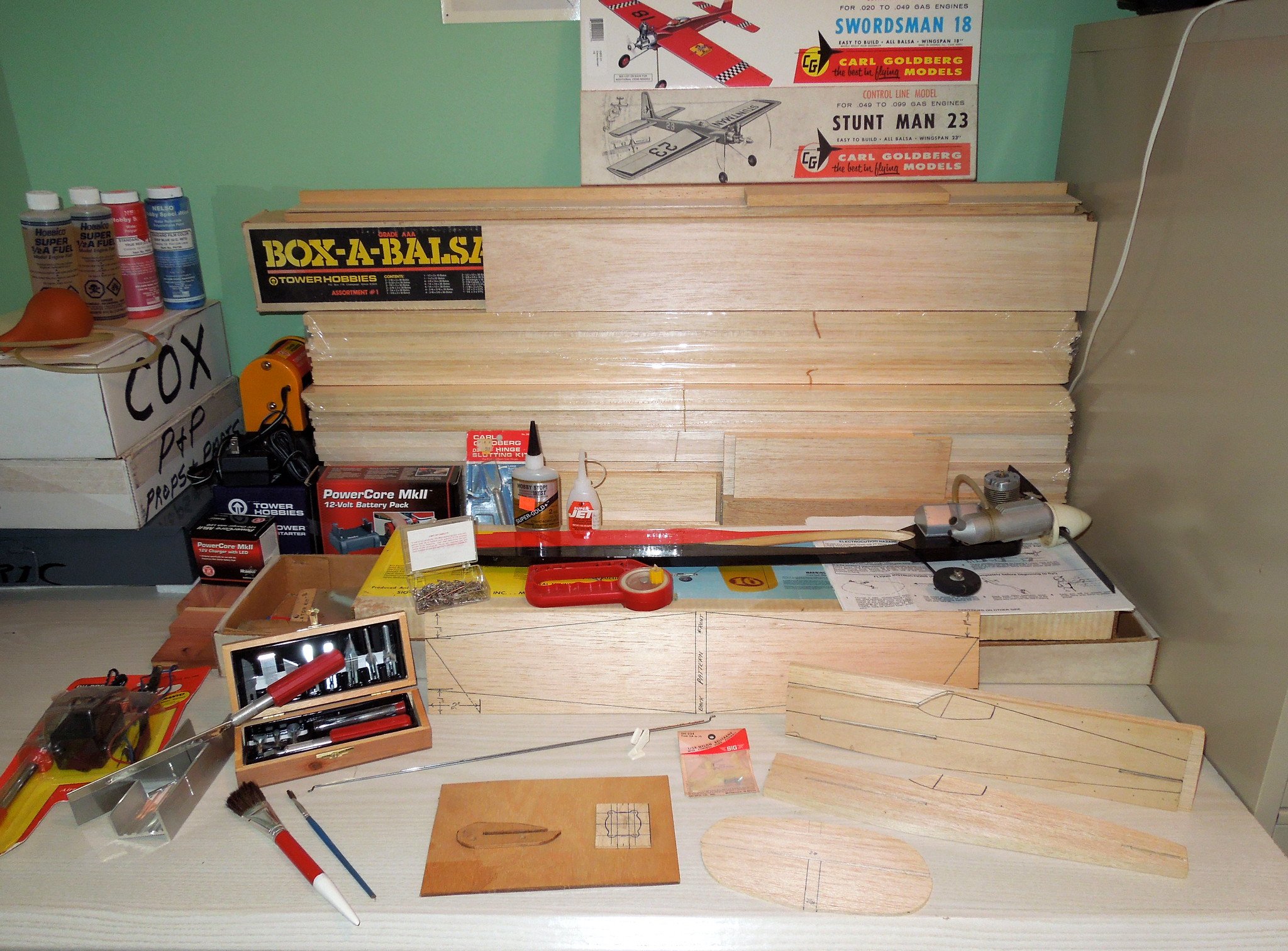The idea of making aircraft out of plywood may seem strange to us today, but back in World War II, when there was a shortage of enough aluminum to make the massive fleet of aircraft needed for the war, plywood became one of the alternatives used by aircraft designers. The British De Havilland Mosquito bomber probably takes the prize as the most common plywood aircraft, with 7,781 built. But they might have been beaten out for total square footage by the 1,974 H-4 “Spruce Goose” aircraft built by Hughes Aerospace, which was over four times the Mosquito’s length, with over six times the wingspan.
The decision to use plywood was a natural one, as any plywood product is a strong, stable material, which is consistent across its entire length and breadth. By creating a military specification for the plywood, the US Air Corps was able to ensure the highest possible grade of plywood in their aircraft. The British developed a similar specification for the manufacture of the Mosquito.
Today, there are still a couple of private planes built using plywood, most notably the aerobatic One Design and the Falco. Aircraft plywood is also used on repairs and restoration work of historic aircraft, whether privately owned or in the collections of museums.
While aircraft plywood is still in use for these aviation purposes, it is mostly used for building models. Ironically, the main reason for this is that aircraft plywood is extremely thin, while yet being strong. However, the use of aircraft plywood for model making ignores the best categories of this plywood product. Even though it is thin, it is perhaps one of the best plywood products manufactured.
What’s Unique About Aircraft Plywood?
Aircraft plywood might seem like any other thin plywood, but it is not. Manufactured to MIL-S-PEC-6073, there are some very stringent requirements for the plywood to be considered aircraft grade. As with marine plywood, aircraft plywood must be manufactured without voids or in either the core of face veneers. This doesn’t just apply to patching or filling voids; they cannot exist.
There are only a limited number of woods used for making aircraft plywood, specifically birch, mahogany for the face veneers, with poplar, basswood or maple added for the core. But the main strength of this plywood comes from the adhesive used to bond the veneers together, usually phenol-phenolic glue. The abovementioned MIL-SPEC requires that the adhesive be both waterproof and fireproof. Bonding takes place under a hot press. The plywood is then kiln dried.
The finished product must be able to pass a test similar to that for WBP certification for plywood. In this test, a sample is boiled in water for 20 minutes. Upon removal, the fibers of the wood veneer must pull apart in a peel test, before the adhesive does.
Another unique thing about this type of plywood is that unlike normal plywood, it can be manufactured with the plies either at a 90 degree angle to each other or a 45 degree angle. The 45 degree angle allows the plywood to be bent further than normal 90 degree plywood, without wood fibers breaking or the plywood splitting.

Using Aircraft Plywood
Aircraft plywood is available today in thicknesses of 1/16” to 1/2”, in 1/32” increments. These are precise thicknesses, unlike other types of plywood, which provide nominal thicknesses, but the plywood is thinner. Where a precise thickness is needed, there is no other plywood that provides the same level of flexibility that aircraft plywood does.
However, due to its rarity, aircraft plywood is a bit on the pricey side. Therefore, it would probably not be the first choice in most projects, if it is not needed. prices vary depending on where the plywood is manufactured and what type of wood the face veneer is made of, with domestic made aircraft plywood with mahogany face veneer being the most costly. It is not usually available through local lumber yards, but rather through aircraft supply outlets.
While aircraft plywood might not be in common use by the average woodworker, there are some applications where it is ideal, especially when thin, strong plywood is needed. More than anything, this would be in the building of models and miniatures. The same plywood which can be curved to make an aircraft wing or fuselage can also be bent to make a boat’s hull. Since it has passed a boil test and is manufactured without voids, it is also an ideal plywood for the building of small boats.
We have articles on this website, detailing how to build a plywood canoe and a Jon boat. In both of those cases, ¼” thick plywood is called out in the plans, making aircraft plywood an ideal choice. It would also be an ideal choice for use in building a wood dollhouse, as it provides a void-free product, which provides exceptional strength and stability.




